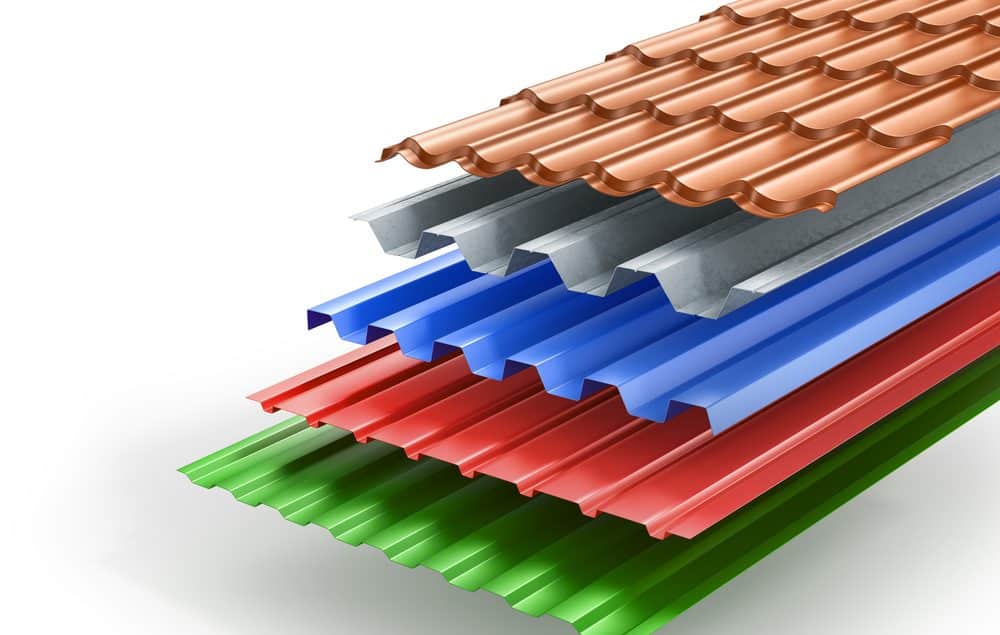Choosing the right roofing materials and understanding the installation process can be a daunting task for homeowners. This guide aims to demystify the process and present the information in a way that is easy to understand, ensuring that you make informed decisions for your home.
Understanding Roofing Materials

When selecting roofing materials, homeowners must navigate a landscape filled with various options, each with its own set of attributes and drawbacks. The right choice depends on multiple factors, including climate, house style, budget, and personal preferences.
Durability is a crucial consideration, as materials vary significantly in lifespan and resistance to elements such as wind, rain, and UV exposure.
Cost is another important factor; while some materials may have a higher upfront cost, their longevity or energy efficiency can make them more cost-effective over time. The aesthetic appeal also plays a significant role in the decision-making process, as the roof can dramatically affect the overall look and curb appeal of a home.
Roof Types
Exploring different roof types for your home is crucial in making an informed decision that balances aesthetics, durability, cost, and suitability to your home’s architectural style. This section delves into the popular and specialized roofing options available, offering insights into each type’s unique advantages and challenges.
Asphalt Shingles: The most common choice among homeowners, asphalt shingles are celebrated for their cost-effectiveness and ease of installation.
Metal Roofs: Known for their longevity and resilience, metal roofs can last 50 years or more. They withstand extreme weather conditions, making them ideal for areas prone to severe storms, hail, or fire hazards.
Slate and Tile Roofs: Offering natural beauty and incredible longevity, slate and tile roofs can last over a century.
Wood Shingles and Shakes: For a classic, rustic aesthetic, wood shingles and shakes are a desirable choice. They blend well with natural surroundings and age to a distinctive silver-gray color.
Synthetic Roofing: Emerging materials like rubber, plastic, and polymer are gaining popularity as they can mimic the appearance of wood, slate, or tile without the associated weight and maintenance issues.
Green Roofs and Solar Tiles: For those seeking sustainable options, green roofs, covered with vegetation, offer improved insulation, air quality, and stormwater management.
Navigating the Installation Process

Navigating the installation process of a new roof involves several key steps to ensure a smooth and successful outcome.
First, it’s essential to choose a reliable contractor who understands the nuances of different materials. Whether you’re opting for asphalt shingles, metal roofing, or eco-friendly options, professional guidance can make a significant difference in the longevity and performance of your roof.
For those in the Mechanicsville area looking for expert roofing services, you can view it now to explore a reputable contractor that specializes in roof replacement and installation. This ensures that your roofing project is handled with the utmost care and expertise, providing peace of mind and a durable roof over your head.
Prepare your home and surroundings for the upcoming work to minimize disruptions and protect your property. During installation, expect some noise and activity, maintaining open lines of communication with your contractor to address any concerns promptly. After completion, conduct a thorough inspection with the contractor to ensure the work meets your standards and understand the necessary maintenance to prolong the lifespan of your new roof.
When considering roofing materials and installation, it’s essential to choose a reliable contractor who understands your needs and offers quality service. For those in the Virginia area, you might want to explore local options to ensure a seamless installation process. If you’re looking for a reputable service provider, you can check it out to find a company that aligns with your requirements. This can help you make an informed decision, ensuring your roofing project is completed efficiently and to the highest standards.
Conclusion
By understanding the materials available and what to expect during the installation process, homeowners can feel more confident and informed when it comes to roofing their homes. With the right information and a reliable contractor, your new roof will be an investment that protects and enhances your home for years to come.


